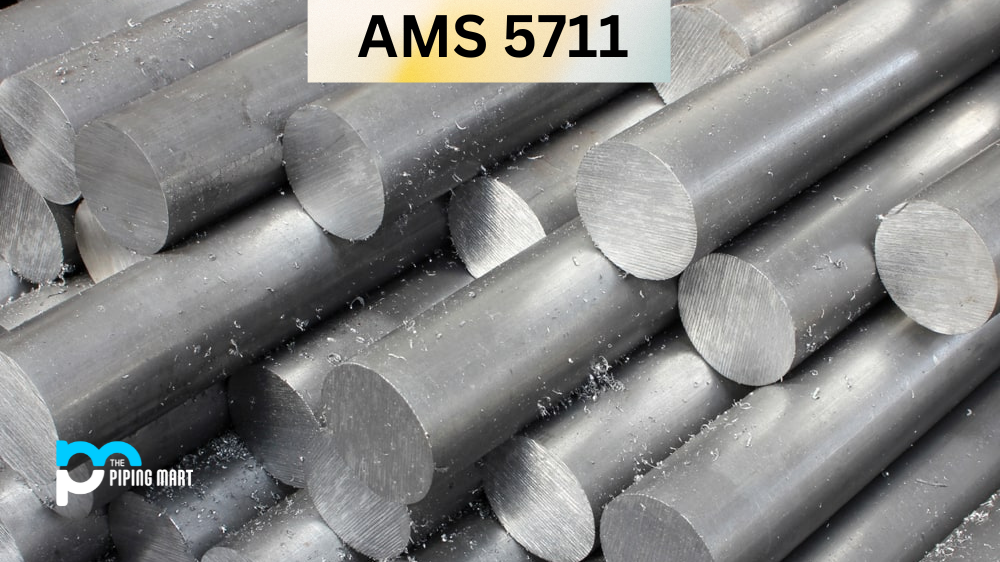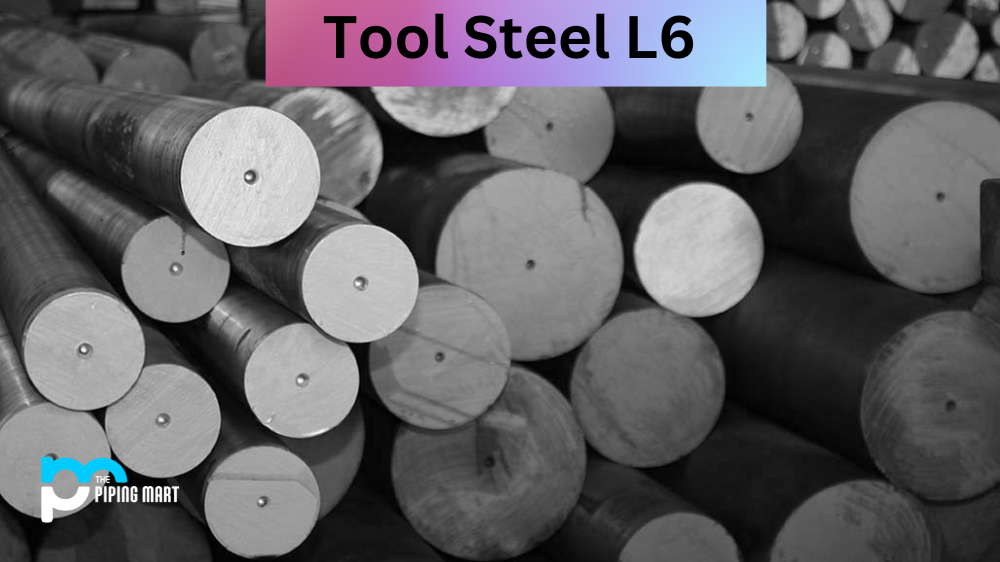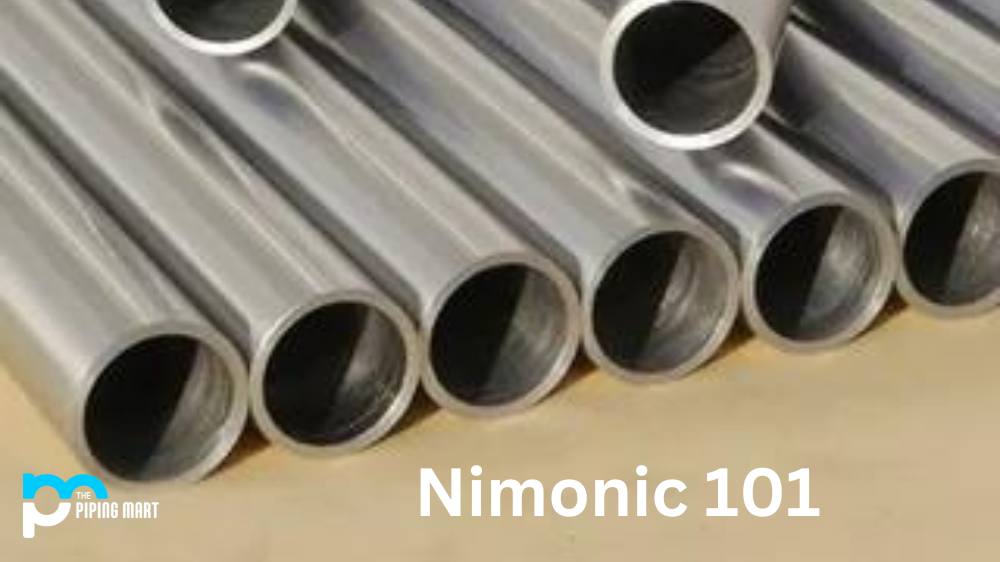UNS R60705 might seem like a jumble of letters and numbers to the uninitiated. Still, for those in the metallurgical industry, it’s a crucial material with various applications. So, what is UNS R60705? This blog post aims to answer that question and more. We’ll look at the composition, physical and mechanical properties, uses, hardness, heat treatment, welding, and corrosion resistance of R60705. By the end of this post, you’ll have a comprehensive understanding of this intriguing material.
UNS R60705 Composition
UNS R60705 is an alloy of titanium, zirconium, and niobium. It is often referred to as Ti-15Zr-4Nb-4Ta because it contains 15% titanium, 4% zirconium, 4% niobium, and 4% tantalum. Other minor alloying elements include oxygen, carbon, nitrogen, and iron. This alloy was developed to overcome the challenges associated with conventional titanium alloys, which tend to exhibit cracking in very aggressive environments. R60705 was designed to improve corrosion resistance, higher strength, and better welding characteristics than conventional titanium alloys.
| Chemical Composition | |||||||||
| Weight % | Zirconium + Hafnium, min | Hafnium, max | Iron + Chromium, max | Tin | Hydrogen, max | Nitrogen, max | Carbon, max | Niobium (Columbium) | Oxygen, max |
| Zirconium Alloy UNS R60705 | 95.5 | 4.5 | 0.2 | ~ | 0.005 | 0.025 | 0.05 | 2.0~3.0 | 0.18 |
UNS R60705 Physical Properties
R60705 is a greyish-white metal with a melting point of 1650°C. It has a density of 4.46 g/cm³, which is slightly less than that of steel. It has good flexibility and can be easily formed into various shapes. However, its high melting point makes it difficult to cast. This metal is non-magnetic and highly resistant to corrosion.
UNS R60705 Mechanical Properties
The mechanical properties of R60705 make it an excellent material for high-stress applications. It has a tensile strength of 830 MPa, yield strength of 750 MPa, and an elongation at a break of 14%. It can also withstand high temperatures without losing strength, making it ideal for high-temperature applications.
| Material | Tensile Strength, min | Yield Strength (0.2% Offset) min or range | Elongation in 4D,min% | ||
| ksi | MPa | ksi | MPa | ||
| Zirconium Alloy UNS R60704 | 80 | 550 | 55 | 380 | 16 |
UNS R60705 Uses
UNS R60705 is used in various industries, including aerospace, chemical processing, and medical devices. Its high strength and corrosion resistance make it perfect for creating high-performance components that withstand demanding conditions. It is often used to produce surgical implants, chemical processing equipment, and aerospace components.
UNS R60705 Hardness
R60705 has a relatively low hardness of around 250 HV. This is due to its high flexibility and low carbon content. However, it can be hardened through cold working, increasing strength and hardness.
UNS R60705 Heat Treatment
R60705 can be heat-treated to improve its mechanical properties. Annealing at temperatures between 700-900°C for a few hours can increase flexibility. Tempering at lower temperatures can improve its toughness. However, care must be taken when heat treating R60705, as it is prone to embrittlement if exposed to high temperatures for too long.
UNS R60705 Welding
R60705 has excellent weldability. It can be welded using all standard welding techniques, including TIG, MIG, and plasma arc welding. However, it must be welded in an inert atmosphere to prevent contamination. The high thermal conductivity of R60705 means that it can be difficult to achieve a strong weld, but with the right techniques, it is possible.
UNS R60705 Corrosion Resistance
The corrosion resistance of R60705 is one of its greatest strengths. It is highly resistant to crevice, pitting corrosion, and other forms of corrosion, such as stress corrosion cracking. It is also highly resistant to oxidation and other forms of chemical attack.
Conclusion
UNS R60705 is an intriguing material with various applications in various industries. Its unique composition, physical and mechanical properties make it an excellent choice for creating high-performance components that need to withstand demanding conditions. Its excellent corrosion resistance, weldability, and heat-treatment capabilities make it a favourable choice for strong and durable material. We hope this post has given you a better understanding of what UNS R60705 is and why it’s an important material in the metallurgical industry.
Meet Heer, a dynamic and driven writer learning tricks of her trade in the metal industry. With a background in Digital Marketing, Heer brings a unique perspective to her writing, sharing valuable insights. Apart from blogging she like reading and hiking.




